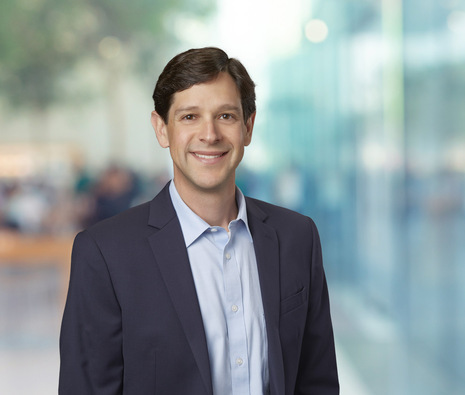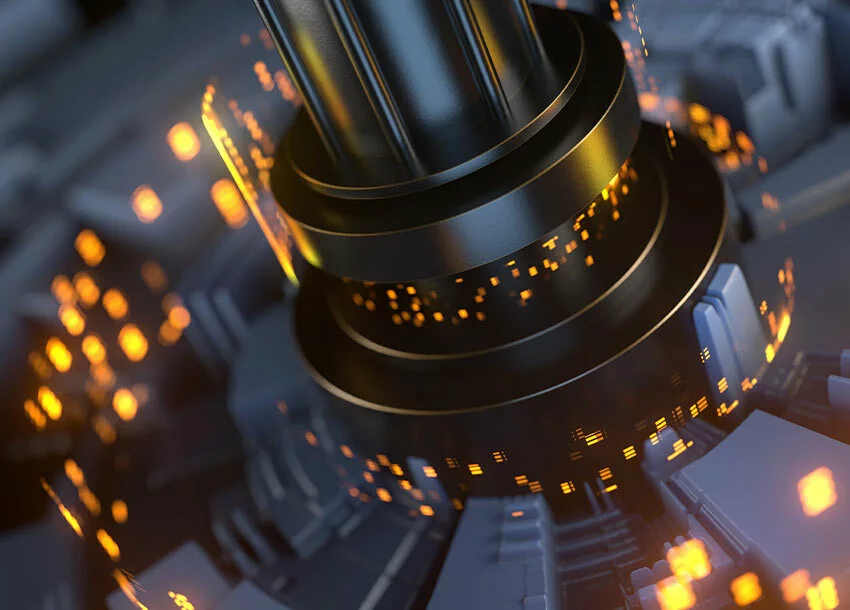Intellectual Property for the Construction Industry
Whether you realize it or not, contractors, subcontractors, owners, design professionals and material suppliers face a myriad of issues related to intellectual property during a complex construction project, including patents, copyrights, trademarks and trade secrets. Intellectual property disputes can create substantial economic risks and even completely shut down an otherwise successful construction project. While these issues often are misunderstood, the intellectual property issues that arise most often in construction can be easily recognized and managed via contract negotiation or otherwise after educating yourself on the various types of intellectual property and how they may apply to construction projects as identified below.
One of the most interesting intellectual property concepts and most relevant to the construction industry is architectural copyrights. Copyrights protect original works of authorship fixed in a tangible medium. In other words, they can cover architectural works, blueprints, BIM models, technical design documents, renderings, elevations, and even constructed buildings themselves. Copyrights initially vest in the creator of the work, which in the construction industry typically is the architect or engineer, although they can be assigned or licensed through contracts, such as the AIA B series agreements. A copyright registration with the Copyright Office is not required for copyrights to arise in a work, but registration provides additional benefits, such as statutory damages and attorneys’ fees. It is important to note that a defendant may infringe copyrights without intending to do so because infringement can be shown via (1) access to the copyrighted work and (2) substantial similarity between the copyrighted work and the alleged infringing work. It also is important to understand the difference between an idea and an expression. An expression fixed in a tangible medium is protectable under copyright law, but an idea is not. For more on the idea versus expression dichotomy as it relates to architectural copyrights, see Attia v. Society of New York Hospital, 201 F.3d 50 (2d Cir. 1999) regarding the idea of constructing a project in a particular way versus the expression of that idea in construction plans. There are many other issues in copyright law that relate to architectural works and the construction industry which are too intricate to discuss in this brief article.
Contractors, subcontractors, owners, design professionals and material suppliers also may face many issues related to trademarks. Trademarks are source identifiers, such as words, symbols, or logos, that are used to identify the source of goods or services. Like copyrights, a registration is not required for trademark rights to arise, but registration with the U.S. Patent and Trademark Office (“USPTO”) confers additional rights. Trademark rights arise via use of the mark in commerce in association with goods or services. However, unregistered use may limit the geographical reach of the trademark rights. Trademark infringement is determine by the “likelihood of confusion” test. While different federal circuits apply slightly different tests to determine a likelihood of confusion, most circuits look at generally the same eight or nine factors in making this determination. One of those factors is the strength of the mark. Since construction companies often use the last name of the original owner, it is important to know that a trademark which is “primarily merely a surname” is considered a generally weak mark and additional proof may be required to register and/or enforce such a trademark. It also is important to note that trademarks can be infringed in many ways and that indirect infringement can be established against third parties through contributory, vicarious, or inducement of infringement.
Unlike copyrights and trademarks, patents must be granted by the USPTO before they become enforceable. A patent is similar to a temporary monopoly in the United States (or other countries in which they are granted) to make, use, or sell a patented machine, article of manufacture, process, method or other patentable invention. To obtain a utility patent, which is the most common type of patent, the invention must be new, useful and nonobvious. Nonobviousness usually is the most difficult requirement to establish during patent prosecution. There are many patents related to the construction industry, including construction processes, equipment, materials and even business methods. Patent infringement litigation can be very expensive from both an attorneys’ fees perspective and a potential damages perspective. Therefore, it is recommended that indemnification and defense costs are handled contractually at the beginning of the construction project. Note that the 2007 and 2017 versions of the AIA A102 and A103 provide for the contractor to be reimbursed for costs associated with infringement in certain circumstances, but the A101 does not.
Trade secret issues also may arise in construction projects and related business ventures. Trade secrets can cover virtually any type of information that is not generally known to the public, is economically valuable to the owner, and is the subject of reasonable efforts to maintain its secrecy. For example, trade secrets can cover business or technical information, pricing information, customer lists, construction methods, and processes. Trade secrets are covered by state law, but most states have generally similar laws. If you have information of value that you want to protect under trade secret law, it is recommended that you enter confidentiality agreements and/or non-disclosure agreements with each employee or entity who needs to know the information. Once that information is publicly known, trade secret protection ceases and the value of the previously-protected information diminishes.
Jeff Reichard is a Member of the construction and intellectual property practice groups in the Greensboro, NC office of Nexsen Pruet, PLLC who regularly practices at the intersection of IP and construction. If you have any questions about this article, please email Jeff at jreichard@maynardnexsen.com.
About Maynard Nexsen
Maynard Nexsen is a full-service law firm of 600+ attorneys in 31 locations from coast to coast across the United States. Maynard Nexsen formed in 2023 when two successful, client-centered firms combined to form a powerful national team. Maynard Nexsen’s list of clients spans a wide range of industry sectors and includes both public and private companies.








